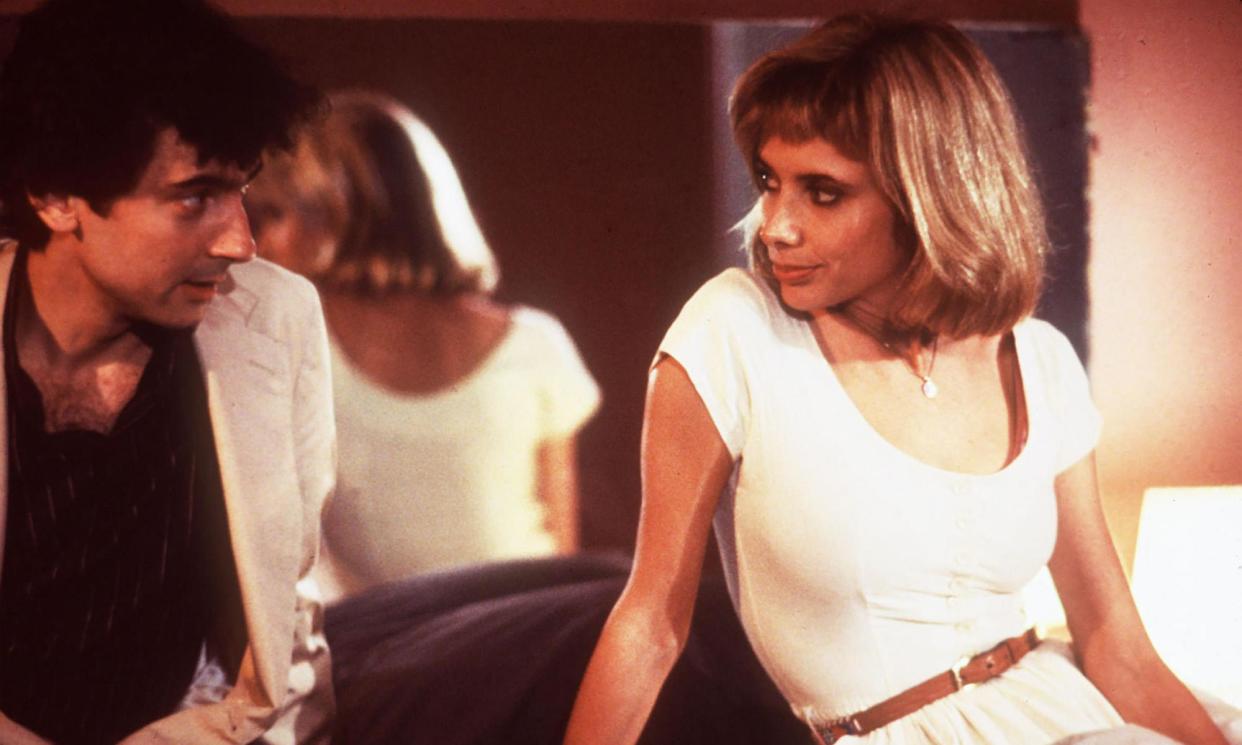After Hours review – Martin Scorsese’s 1980s shaggy-dog story is a peculiar, potent film

Martin Scorsese’s 1985 screwball noir is now on rerelease. It felt at the time – and feels now – like an atypical Scorsese movie, a more generic and less auteurist project he accepted from its producer-star Griffin Dunne while progress on his Last Temptation of Christ had temporarily stalled. Maybe he thought of it as “road work”, but time has lent interest to After Hours; the obviously comic and farcical aspect has receded and its strangeness and anxiety loom larger, in a string of unsexy encounters and chilling coincidences culminating in a desolate close-dance scene to the accompaniment of Peggy Lee’s Is That All There Is? It’s a shaggy dog story leading to a punchline, of sorts, but one that feels woozy and illusory; it is not like a nightmare exactly, but a strange dream that’s difficult to shake on waking.
It is certainly a very 1980s piece of work, and at the time was regarded as part of the “yuppie disaster” genre, about well-off and conceited white-collar New Yorkers in the Reagan bull market years being punished for their smugness by winding up catastrophically in the wrong part of town. After Hours was bracketed with Jonathan Demme’s Something Wild from 1986, and Tom Wolfe’s 1987 page-turner The Bonfire of the Vanities which was dismally filmed by Brian De Palma in 1990.
Dunne plays Paul, a guy whose job is teaching Manhattan office workers how to use the (now very ancient-looking) software on their computer terminals. When one of his students superciliously remarks that he doesn’t really need to master this because soon he’s going to quit and start his own publishing business, Paul can hardly bear to listen, partly out of boredom and partly because this man’s discontent and yearning for something else so clearly match his own. Later, Paul is reading Henry Miller in a cafe and strikes up a conversation with the fascinating woman at the next table; this is Marcy, played by Rosanna Arquette.
Marcy invites him to her place, which she shares with Kiki, a sculptor (Marcy uses the antique term “sculptress”) played by Linda Fiorentino; they evidently live in that most 1980s of things, a giant, bohemian and miraculously affordable loft apartment. And it is while Marcy is briefly absent, with Paul roguishly and already faintly promiscuously giving Kiki a neck massage, that we hear about his deeply weird childhood memory. After having a tonsillectomy, little Paul was placed in the adult burns ward and made to wear a blindfold so as not to be upset. That recovered memory itself seems to ignite a bizarre series of events in the waking world which convince Paul he’s into something way over his head; these involve waitress Julie (Teri Garr), ice-cream van saleswoman Gail (Catherine O’Hara) and gloomy club habitué June (Verna Bloom).
It takes almost an effort of will after the film’s quirky final sequence to realise that this isn’t a happy ending. Someone has died here, a death which was at least partly Paul’s fault – although he can’t really be blamed for it – and this dead person is entirely forgotten while Scorsese mischievously redirects our attention to Paul’s own absurd pseudo-victimhood. What can it mean? The dreamlike anxiety owes something to Kafka, a resemblance Scorsese himself contrived, but the cynicism could put you in mind of a dark Viennese romp by Arthur Schnitzler (whose Traumnovelle was transplanted to New York by Kubrick as Eyes Wide Shut). A peculiar, potent film.
• After Hours is in UK cinemas from 22 March


